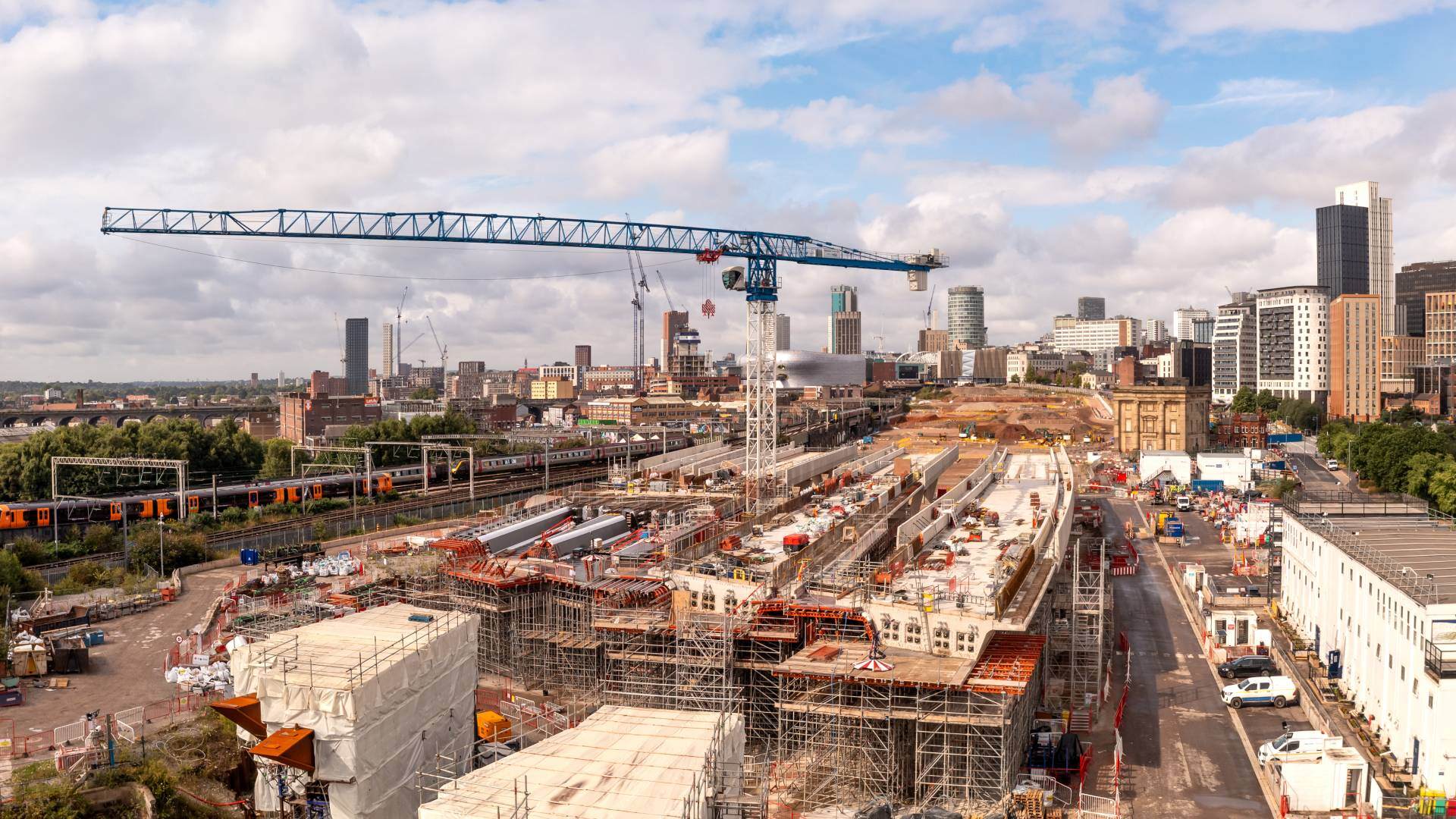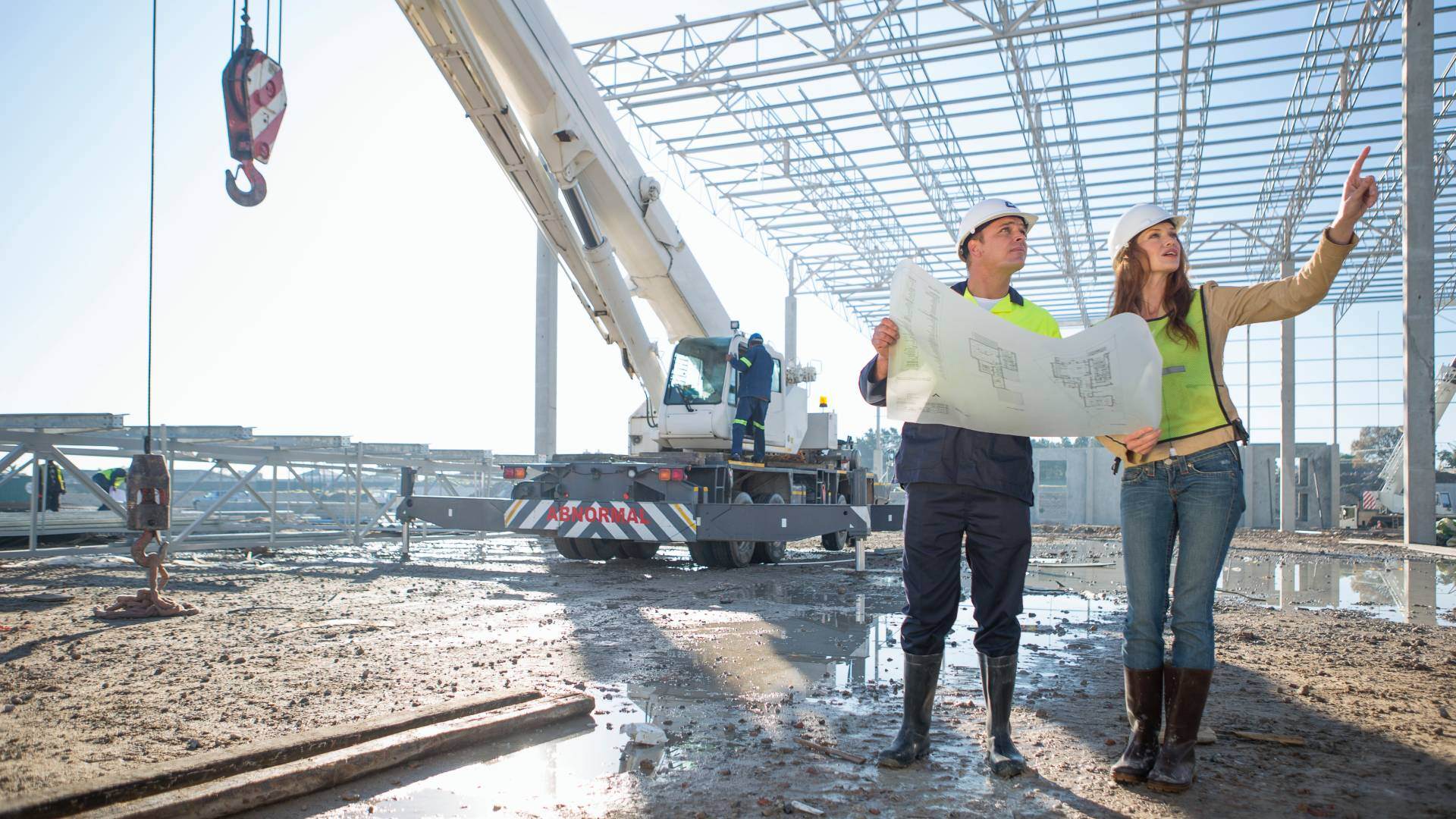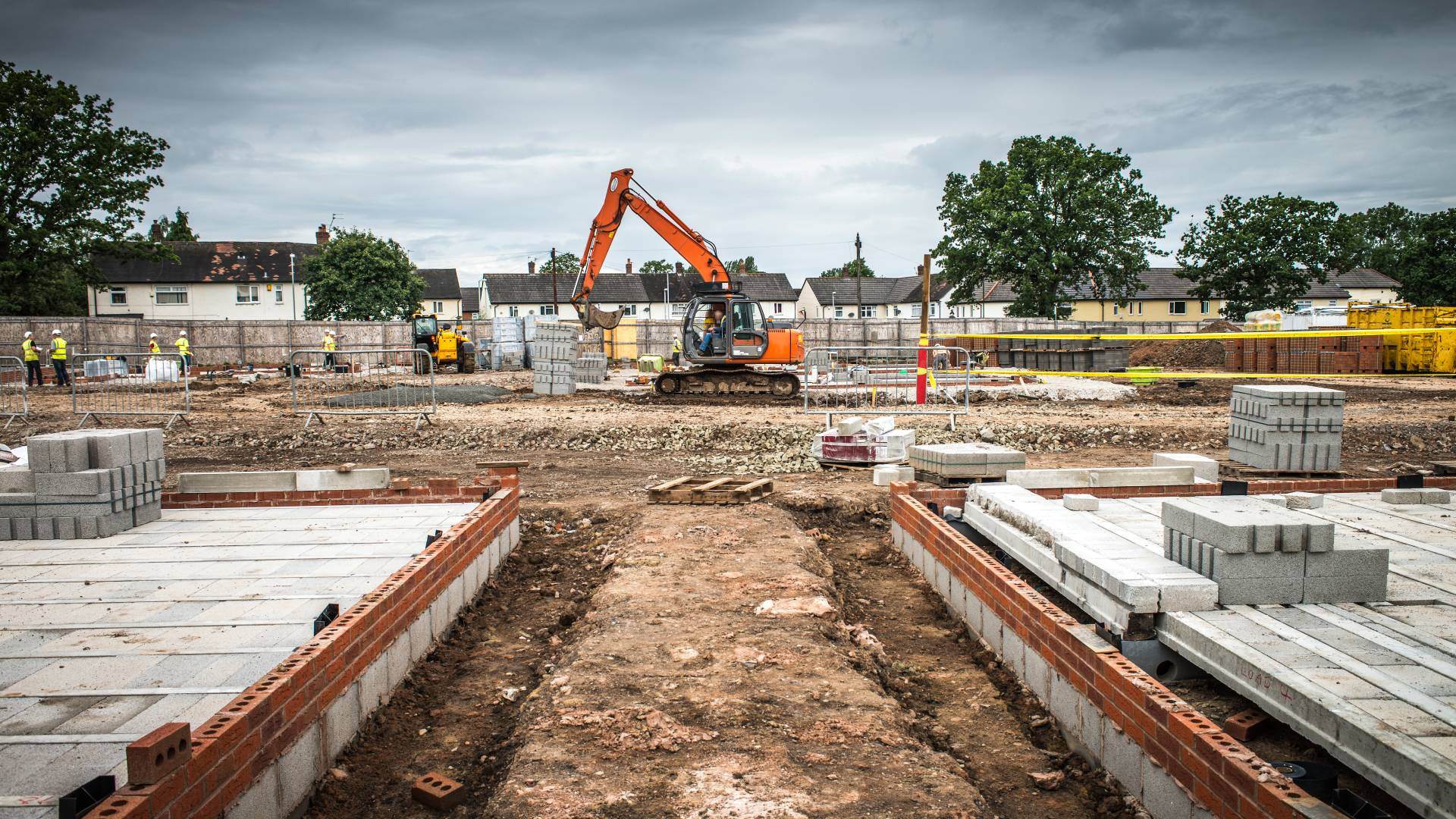
Change Control
Overview
The Building Safety Act 2022 and its supporting legislation introduced new provisions for the control of any changes that affect higher risk buildings (HRB) during the design and construction phases of a project, after building control approval has been given. The provisions apply to both new construction projects, and alteration works to an existing HRB. The purpose is to ensure that all changes are accurately documented and maintain building safety standards and compliance with the building regulations.
Whenever there is a change to how a project is managed or constructed (from what was previously approved through the building control approval application at Gateway 2), the change control procedure must be followed.

What Is A Controlled Change?
Controlled changes affect any proposed variation to the current plans and agreed documentation that have previously been approved by the Building Safety Regulator (BSR) following the Gateway 2 process. A controlled change is:
- a change to any work or proposed work, or the carrying out of work not in accordance with the current plans
- a change to any stage of HRB work, such as adding or removing a stage
- a change to any strategies, policies or procedures described in any of the currently agreed documentation
For a complete definition and further information, refer to The Building (Higher-Risk Buildings Procedures) (England) Regulations 2023 ).
Keeping A Record Of Controlled Changes – The Change Control Log
The principal (or sole) contractor must create and maintain a record of all changes to the project, the change control log. Information should be recorded that states:
- the name of the individual recording the change
- a description of the proposed change and why it is needed
- the type of change as listed in the HRB Procedures Regulations i.e. whether it is a recorded, or notifiable or a major change
- the name and occupation of any person who may have been consulted for advice on the proposed change with a summary of any advice they may have provided
- any agreed documents that are affected, plus confirmation that a revised version has been produced
- a description of how the HRB will remain in compliance with all the applicable building regulations
- the strategies, policies and procedures in any agreed documentation needed to comply with the requirements of the Golden Thread, Mandatory Occurrence Reporting and all Dutyholders and competence requirements. This part is known as the ‘Compliance Explanation’.

Types Of Controlled Change
A full list and definition of what type of change falls in each category is given in Regulation 26 of the HRB Procedures Regulations 2023. The regulations define three categories:
- Major changes
- Notifiable changes
- Recordable changes
Depending on the type of change, information may need to be submitted to the BSR.
Major Changes
A major change will be to:
- the use or part use of the HRB
- the addition of, removal of, or changes to a car parking area in the HRB
- an increase or decrease of the external height or width of a (proposed) HRB
- the number of storeys of the HRB
- the structural design or structural loading of the HRB
- the common areas of the HRB
- the replacement of a proposed construction product or building element, to an alternative that has a lower classification of reactivity to fire, for installation within the HRB
- the number or width of the staircases or to the length, number or width of any escape route within the HRB
- an external wall including a wall tie, wall restraint fixing or support system in the wall of the HRB
- active or passive fire safety measures referred to in the fire & emergency file of the HRB
- assumptions made in the design of the HRB, given in the Building Regulations compliance statement
- the proposed occupation of part of the HRB, prior to completion of works
- a change to the number of residences or commercial units within the HRB
Before the changes can be made, a change control application must be submitted to the BSR by the Client, for approval. The changes are recorded in the change control log and any agreed documents affected are revised.
The application must contain certain information, including:
- the details of the client, principal contractor and principal designer
- a description of the proposed change
It must be accompanied by:
- why the change has been proposed
- name and occupation of each person, if any, whose advice was sought, and a summary of any advice provided
- (where the change is to the number of flats or residential rooms) plans
- an assessment of the agreed documents affected
- a compliance explanation
- the revised version of the agreed document
The BSR will review the application details and consults with the building enforcing authority or other body as required, in making its assessment of the application to determine its validity. The BSR has a period of 6 weeks to review and determine the application unless agreed otherwise with the client.

Notifiable Changes
Notifiable changes will be to:
- the construction control plan
- the change control plan
- the layout of a flat or a residential room within the HRB
- the number or dimensions of any openings in any wall, ceiling or other building element for any pipe, duct or cable within the HRB
- the wall tie, wall restraint fixing or support system in any (proposed) wall, excluding an external wall of the HRB
- replacement of a construction product or building element proposed to be installed within the HRB, to an alternative that has the same or higher classification of reactivity to fire
- the fire and emergency file or fire safety compliance information
- a change specified by the Building Regulator
- the partial completion strategy
- a staged work statement or a subsequent stages statement
Before these changes can be made a notification must be sent by the Client, to the BSR. The change is recorded in the change control log and any agreed documents affected must be revised.
The notification must provide supporting information such as:
- a description of the proposed change and why it has been proposed
- the name and occupation of each person, if any, whose advice was sought, and a summary of any advice provided
- an assessment of the agreed documents affected
- a compliance explanation
It must also include a revised version of the agreed document.
The BSR can request more information if it is felt necessary to fully evaluate the change.
Recordable Changes
Recordable changes are those that are not within the category of either notifiable or major changes.
An example of a recordable change is:
- Where an agreed document specifies the use of a construction product or building element and a change is proposed to use an alternative product or element that has the same design specification
This type of change does not affect the change work being carried out. Details of the change are required to be recorded in the change control log. The BSR will then review them when the application for a completion certificate is made at Gateway 3.

Multiple Changes
Multiple changes must be included in the same application to the BSR, if the changes relate to each other.
For staged works changes, a separate application or notification must be issued for each stage that the changes affect.
Separate change control submissions must be made for unrelated changes. If unrelated changes in a single application or notification are issued to the BSR, and the BSR refuses one of the changes, then all changes in that submission will be refused.
For more information on change control and notifiable changes, and how to manage building control approval, refer to the Building Regulation Guidance here.
How Does Change Control Affect The Building Works Being Carried Out?
Before any controlled change can be carried out, the project Client must ensure that details are formally recorded and that any previously agreed documents affected by the change are revised.
The Client must assess the type of change and submit details to the BSR when necessary for review and approval.
When a change control application for major changes is made, all building works related to that change must stop. The revised works allowing for the change must not start until the BSR has assessed and approved it.
Work related to a notifiable change cannot start until after the BSR has been informed. The regulator will make a decision on the information submitted. The BSR may decide a more detailed review is required and will request the issue of additional information. Work must stop, if the BSR responds to advise that an application for a major change should be made instead.
The change control process may cause the following:
- an increase in administration
- delays to the building works during the construction phase, particularly if major changes are made
- an increase in costs
However, this burden is not as consequential as the alternative, should the BSR identify non-compliance only at the Gateway 3 stage.
The Need To Anticipate And Accommodate Any Change Related Delays
To mitigate any possible change related delays, the construction team will need to explore whatever practical and contractual measures can be used. One measure, the use of Building Information Modelling (BIM) allows for the testing of a building design to help identify any issues with the planned building structure. This may help the design team to deliver compliance when assessing the Client’s requirements and before the building control application is made at Gateway 2.
Clients may allow for the risk of delays by making contractual provisions. These could include measures such as:
- allowing for extra time within a project programme to allow for the preparation and submission of applications during major changes
- extending project timescales if waiting on a BSR decision
- providing termination rights in the event of an application being rejected by the BSR
As with any programme of works, the submission of any proposal to carry out work should be made having made prior consideration and allowances for the consequences that may arise should there be any change related delay.
Additional Guidance and Resources
Manage a building control application for a higher-risk building
Use the BSR service to apply for and manage building control applications for higher-risk buildings in England.
Change control and notifiable changes: manage building control approval - Guidance
Latest Building Safety Act News From BESA
3 min read
Small Firms ‘Overwhelmed’ By Building Safety ...
3 min read
BESA guide cuts through principal contractor ...
3 min read
